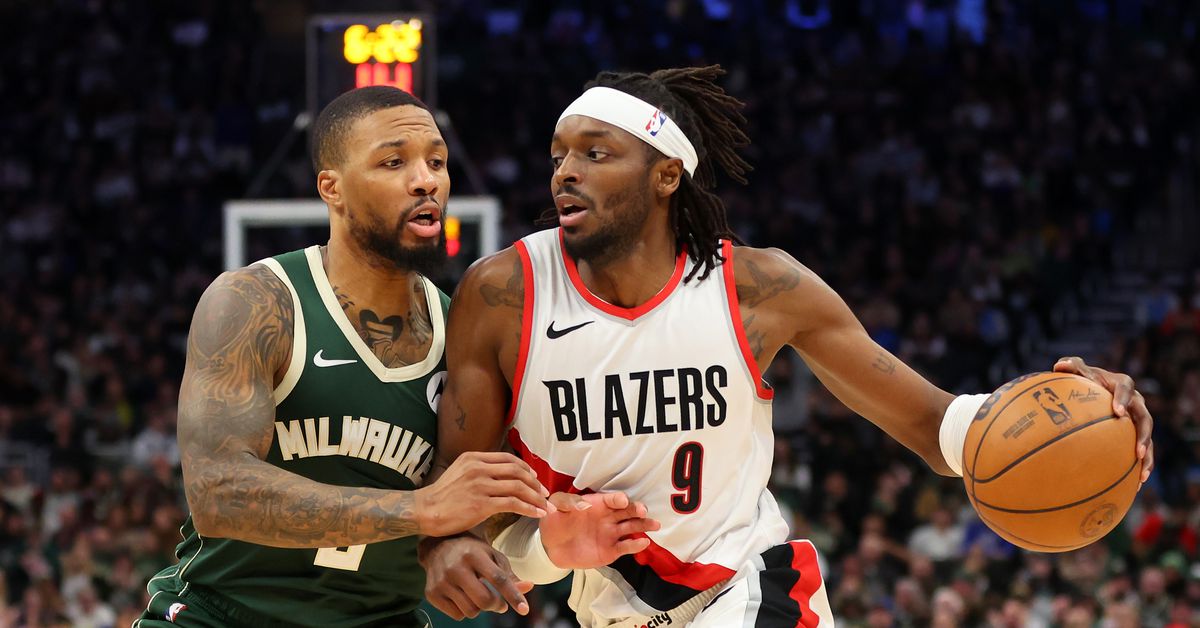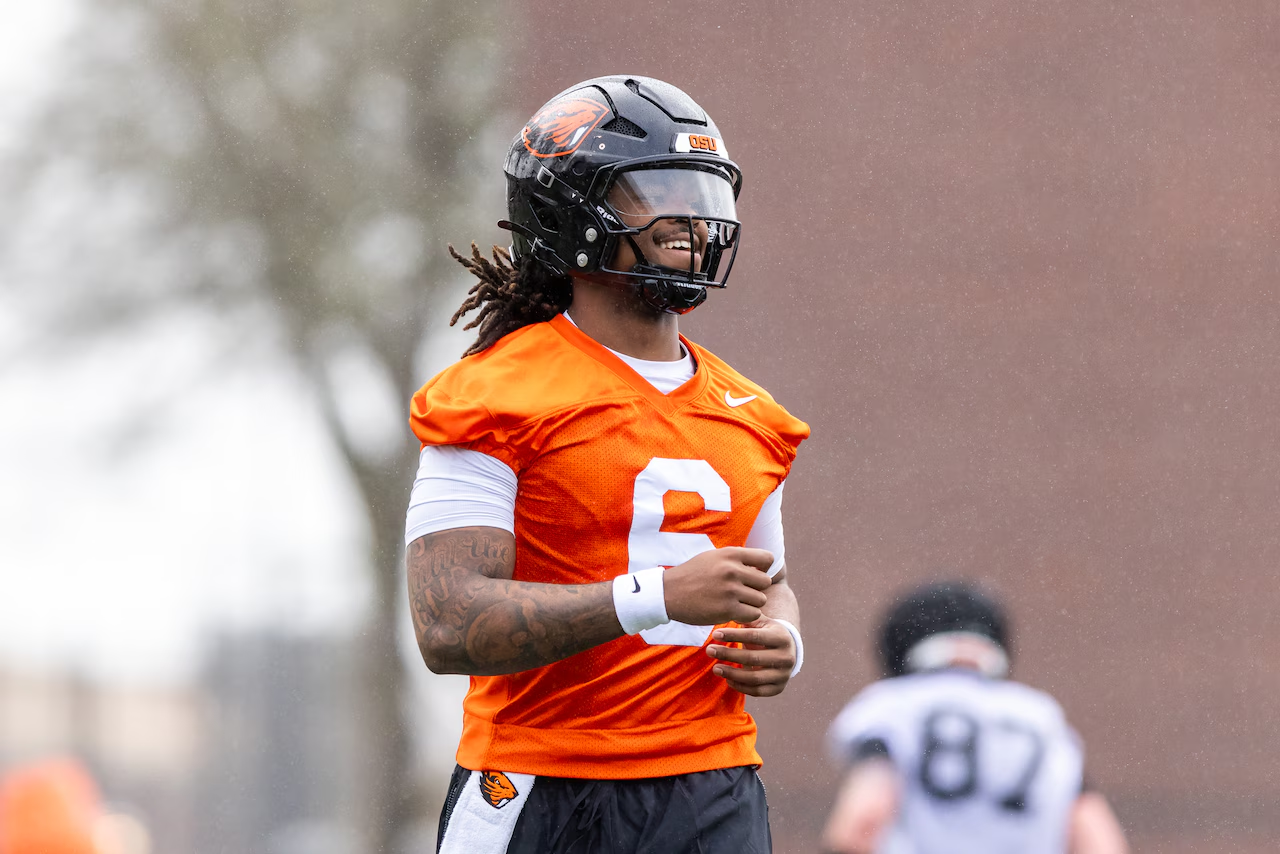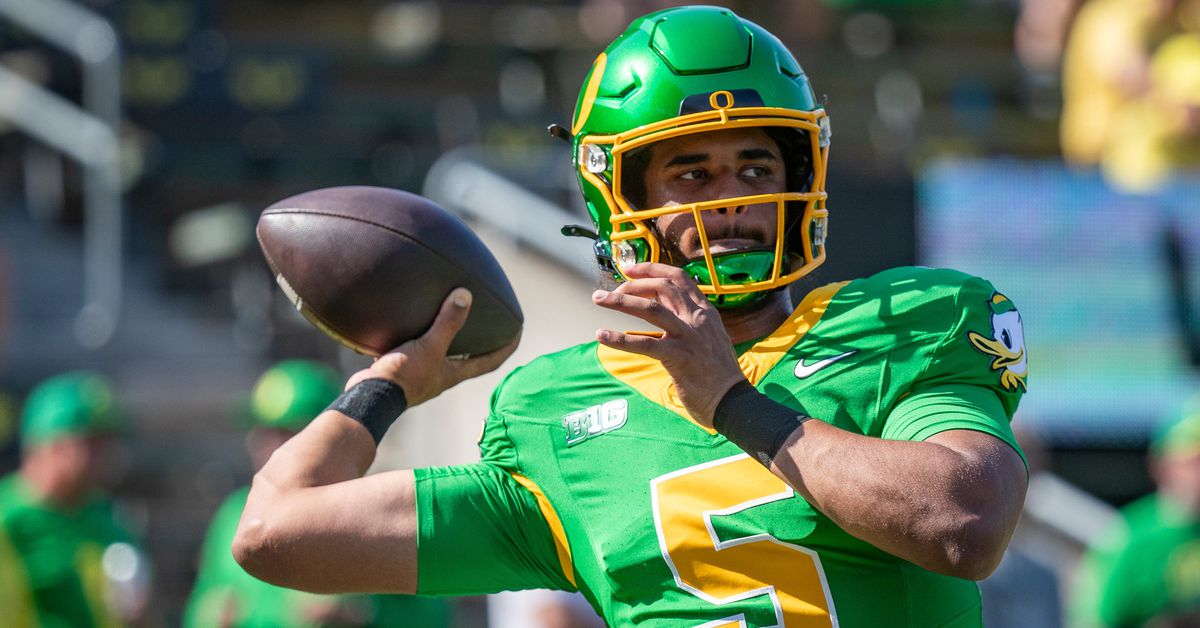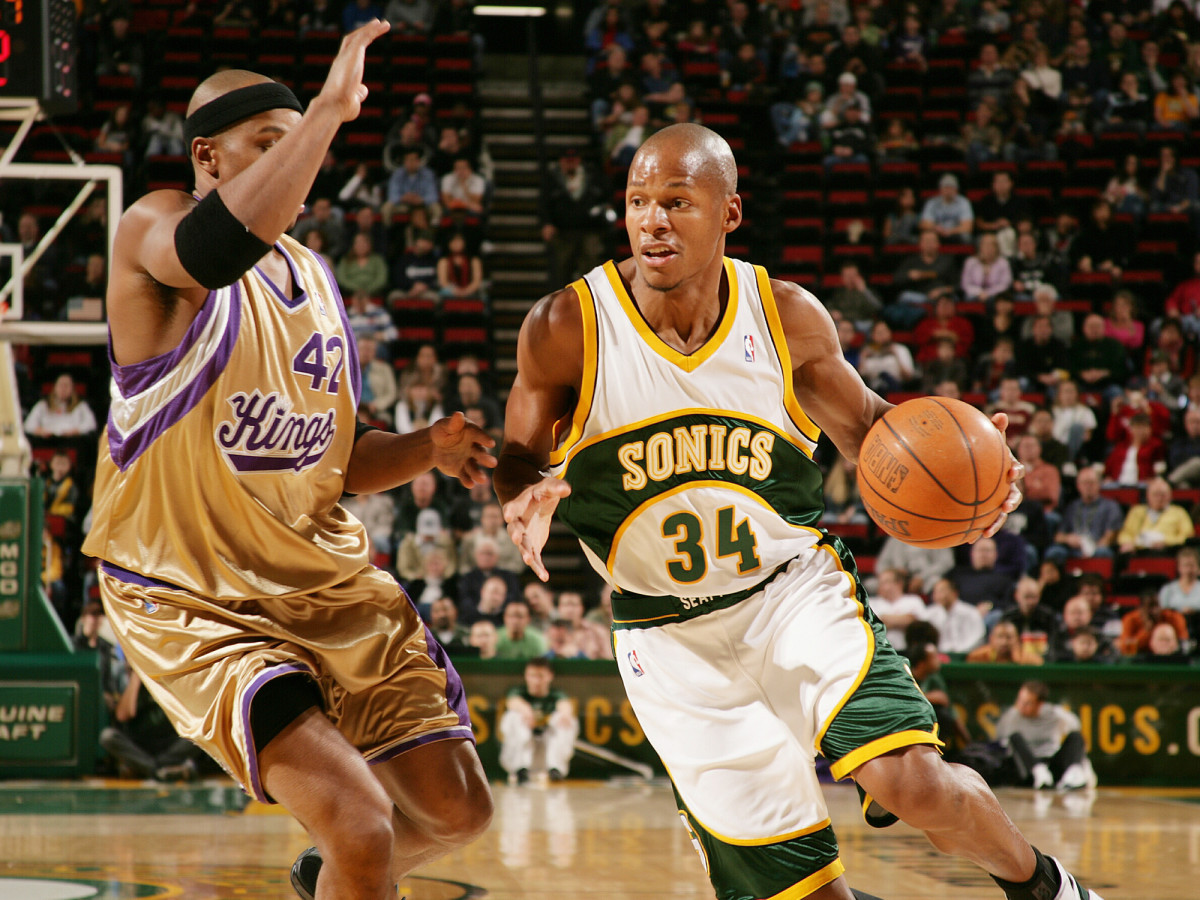The Trail Blazers Have a Veteran Problem to Solve
FstarThe Portland Trail Blazers have arguably been in rebuilding mode for the last 3-4 seasons. During that span they have taken on the characteristics of a team hitting CTRL-ALT-DEL: young players, fractured lineups, lots of losses.
The Summer of 2025 has offered a ray of hope, light at the end of the tunnel. The Blazers have gotten more experienced, adding accomplished NBA veterans Jrue Holiday and Damian Lillard. Not only are they deeper, they now have players who expect to make the playoffs and know what to do there.
On Wednesday we answered a Blazer’s Edge Mailbag question about one of the permutations of their new roster, whether Holiday and Lillard might ever play together. For context, here was the inquiry:
Dave,
My question is Jrue Holiday a point guard or a shooting guard? Can he play he and Dame play together in the back court and will they fit together?
Andrew
We promised a Part 2 to the response, and here we are. This has less to do with the specifics of two guards taking the floor at the same time and more to do with the older parts of the roster in general.
In the first blush of introduction, in the warm light of summer when no games have been played and no realities tested, Trail Blazers fans are making the wholly-understandable assumption that adding veterans will improve the team’s fortunes. But the ability of Lillard and Holiday to play major roles, let alone team-transforming ones, is in itself unproven. The Blazers have plenty of questions to answer before we start banking on a seamless rotation where everyone—old and young—fulfills their presumed potential.
The absolute shining case study for this is Portland’s other veteran, Jerami Grant. The 31-year-old forward has flourished during 11 NBA seasons, serving (along with Lillard and Holiday) on the 2020 Men’s Olympic squad that won a gold medal in Tokyo. He’s become known as a good two-way player, defending well while thrice averaging 20 or more points per game.
That was Grant’s resumé and reputation when he signed a five-year, $160 million contract with the Blazers back in 2023. That deal, which runs through 2028, will pay him a cool $32 million this season.
The problem is, Grant has now become one of the most vilified Trail Blazers on the roster. After a couple of more-than-serviceable seasons under his new deal, Grant’s production plummeted last year. His shooting percentage dropped from 45% to 37%, his three-point percentage from 40% to 36.5%. He played only 47 games and took fewer attempts per game than at any time over the last five seasons. Despite his skill and experience, he seems like a square peg in a round hole.
The opinions of Portland fans have dropped accordingly. The major complaints about Grant are his unreliable shot, his relatively large contract, and a persistent narrative that he’s taking minutes and touches away from younger players, either more deserving or in need of growth. Right or wrong, a reasonably-sized segment of the Blazers’ fan base would now trade Grant for a stiff on a shorter contract and a bag of circus peanuts if they could.
Into this situation walks Jrue Holiday. He’s 35 years old, a 16-year veteran, a two-time All-Star. He has played 34,000 minutes in the NBA, heavily eclipsing Grant’s total of 20,000.
Like Grant, Holiday has fallen into a slump over the last two seasons. He averaged 19 points in 32.6 minutes per game in 2022-23, an All-Star year for him. Two years later his minutes had shrunk to 30.6, a 6% reduction. His shot attempts had fallen from 10 per game to 9.2, an 8% reduction. But his scoring dropped to 11.1 points per game, a 42% reduction. His assists fell from 7.4 a game to 3.9, a 47% reduction. Last year Holiday shot 44.3% from the floor—a low for the last decade—and 35.3% from the arc, down from 42.9%. That’s a drop even bigger than Grant’s.
Like Grant, Holiday will have young players suiting up behind him at the guard positions: Scoot Henderson and Shaedon Sharpe, full of untapped potential and considered among the best hopes for team improvement. Like Grant, Holiday is interested in continuing his career, not sunsetting it. To this point, that has been defined by big minutes (he’s averaged under 30 mpg only once since his rookie season) and a starter’s role. And like Grant, Holiday is scheduled to make $32 million this season, with escalating salary through 2028.
Let’s rehearse this. Grant is 31. He experienced a single down year playing fewer games than the norm on a team in flux where his role was variable. Holiday is 35. He played 67 and 62 games on one of the most accomplished and well-defined rosters in the league—the literal NBA champions—over the past two seasons and still slumped during both of them.
If you were going to forecast a bounce-back year for one of these two players, it’s pretty obvious that you’d go with the younger one, the guy who’s been more disrupted by the environment, and the guy whose decline has lasted half as long as the other’s. And yet, again, Blazers fans appear to be ready to dispose of Grant and canonize Holiday. This doesn’t make a lot of sense.
Now we add in Damian Lillard. His contract isn’t as large as the other two. The Blazers got him for a mid-level cap exception, paying roughly $14 million per year over the next three seasons. Lillard didn’t slump last year either. His scoring remained steady just south of 25 points per game. His shooting percentage rose (42.4% to 44.8%) as did his three-point percentage (35.4% to 37.6%).
The issues with Lillard are two. He’s 35, with 32,600 regular-season minutes on the odometer. He’s also coming off of a torn Achilles’ tendon injury which is expected to take him a year to rehabilitate. He may not play at all this season. If and when he does return, we have no idea whether he’ll be close to the same player he was before. Expectations at this point should be near-zero, with anything he gives being seen as a serious bonus for the roster.
If Lillard does come back anywhere near full force, he creates the same kind of philosophical issues Holiday does. He’s used to starting and playing big minutes. He’s got younger players behind him vying for his role, plus Holiday himself.
It’s pretty obvious that the Blazers have got a lot of things to figure out to get this roster to work even in reasonable form, let alone optimizing the gifts and expectations of the veterans alongside their younger counterparts. In the meantime, they’re going to be paying between $76-87 million per year to these three players alone—all of whom are aging, two of whom are slumping, and at least one of whom is seriously injured—to run the experiment.
If this were 2020, the Blazers would have a fantastic, All-World lineup. Time flies, though. We’re half a decade on from those gold-medal Olympics performances. And we’re headed towards 2028, nearly a full decade.
The point here is not to be depressing. Given the tenor and scope of the Mailbag questions I’m getting (and Andrew’s has hardly been the only one) it’s not going to hurt for Blazers fans to be a little more measured about their approach to this “new” roster, which is, in reality, an older one.
Grant and Holiday are still going to have good, even brilliant, moments. On some nights, their contributions will be amazing. It’s unlikely that Holiday will regain his All-Star level of performance on either end of the court on a nightly basis. Grant may come back to truer form if he has a steady role, but it remains to be seen. Lillard is a complete wildcard.
At the end of the day, the future of this team—and the lion’s share of the coming season—still depends on Sharpe, Henderson, Deni Avdija, Toumani Camara, and a couple young centers. The weight of the names on the backs of Portland’s jerseys has increased a hundredfold this summer. The production of the team on the front will not necessarily be affected proportionally.
Realistically, the Blazers have nearly as much variability among their “wise and dependable” veterans as they do with their unpredictable youth brigade. Sorting out how all of this works—keeping older players active and happy with their roles, young stars-in-waiting freely engaged and accountable at the same time, all the while balancing flying expectations with perhaps-sobering realities—will now fall to Head Coach Chauncey Billups. It might not be an enviable task. Tantalizing this roster may be. Bankable it’s not. Or at least not without plenty of proof otherwise.
Thanks again to Andrew for the question, interrupted briefly by the need to talk about change-in-ownership issues. If you want to submit one of your own, you can send it to blazersub@gmail.com and we’ll try to answer as many as possible!
Share this content:















Post Comment